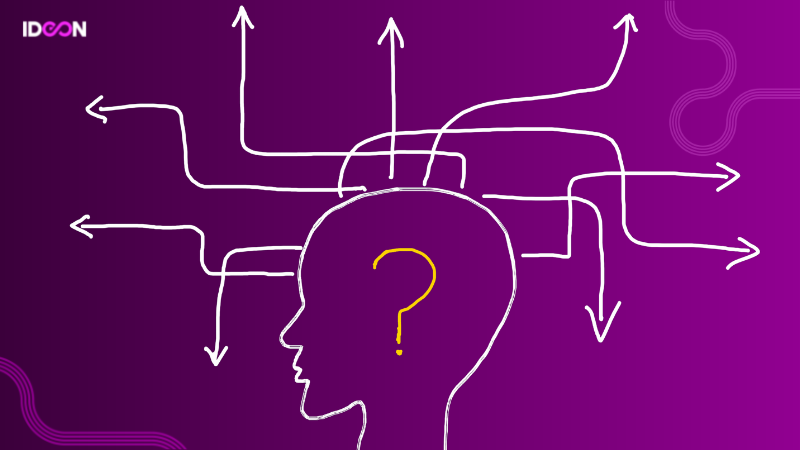Ideon Blog
April 28, 2024
By: Ideon
Five datasets powering today’s healthcare navigation platforms

Summary
Healthcare navigation platforms are transforming how employees make informed healthcare decisions. To do so, they’re integrating data elements like provider network data, doctor quality metrics, cost information, patient reviews, and claims data.
Over the past few years, three trends have intersected: healthcare costs increased, the healthcare system became more complex, and digitally native employees started expecting employers to provide technology for HR and benefits tasks.
Enter healthcare navigation platforms — digital tools that guide employees to better, more informed healthcare decisions based on cost, quality, and other criteria.
These platforms provide a wealth of information on doctors, hospitals, prescription drugs, and medical procedures. They also help employers to manage their healthcare costs by providing transparency into the pricing and quality of healthcare services.
Of course, offering an intuitive, modern user interface is essential for any healthcare navigation platform. But the breadth and quality of data behind the scenes, powering the features, often have the biggest impact on the overall user experience.
Here are five key data elements that some leading navigation platforms have integrated into their experience.
Provider network data
This includes information about the doctors and hospitals in a particular health plan’s network, including provider locations, specialties, and more. This is a foundational dataset, providing employees with detailed information about the PCPs and other healthcare providers in their network. Navigation platforms can help employees to make more informed decisions about where to receive care, as in-network providers are usually more cost-efficient than out-of-network.
Provider quality data
This covers the quality of care provided by different doctors and hospitals, as well as patient satisfaction ratings. This may also include outcome-based metrics. Platforms integrate provider quality data into their experiences to help employees choose healthcare providers that are more likely to provide excellent care.
Cost information
This is data about the cost of different medical procedures, prescription drugs, and other healthcare services. By providing employees with transparent pricing information, these platforms can help them shop for healthcare and make more cost-effective choices.
Patient reviews
Reviews and ratings of different healthcare providers from other patients who have received care from them. Armed with this information, employees can find healthcare providers that are more likely to provide a positive patient experience.
Claims data
Information about the healthcare services that employees have received, including the cost of those services and any out-of-pocket expenses that they may have incurred. By giving employees access to claims data, these platforms can enable them to better understand their healthcare benefits and how to use them.
All of these data sources are crucial for powering the new age of healthcare navigation platforms. By aggregating this data and presenting it to employees in an easily understandable format, these platforms can help to demystify the healthcare system and empower employees to make better decisions, resulting in significant cost savings for employers and improved health outcomes for employees.
For navigation platforms, collecting and integrating all of this data from disparate sources may seem like a colossal undertaking, but that’s generally not the case. Much of this information is now readily available via APIs. For example, Ideon offers structured, normalized provider-network data to navigation platforms via an API.
There are several healthcare navigation platforms on the market today, each with its own unique set of features and capabilities. Some examples include Healthcare Bluebook, Garner Health, HealthJoy, Accolade, Castlight Health, and others. Though their user experiences vary significantly, all rely on the power of data.
Test the industry’s most accurate provider-network data
Digital health, healthcare navigation, and analytics platforms rely on Ideon for the highest quality provider-network data. Download a data sample below.


